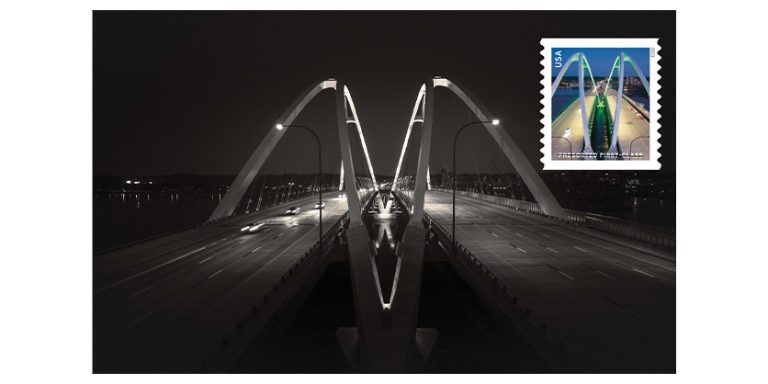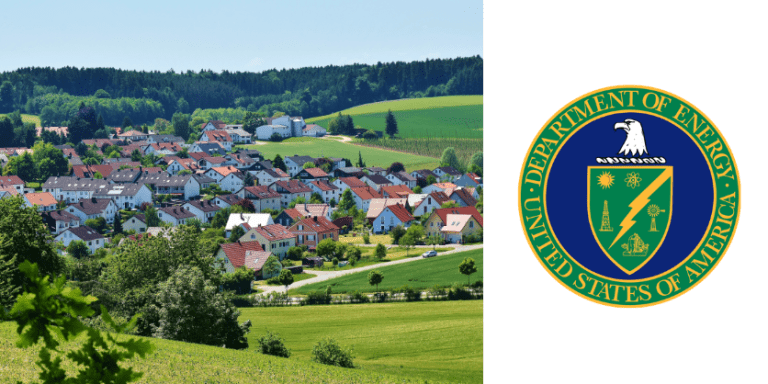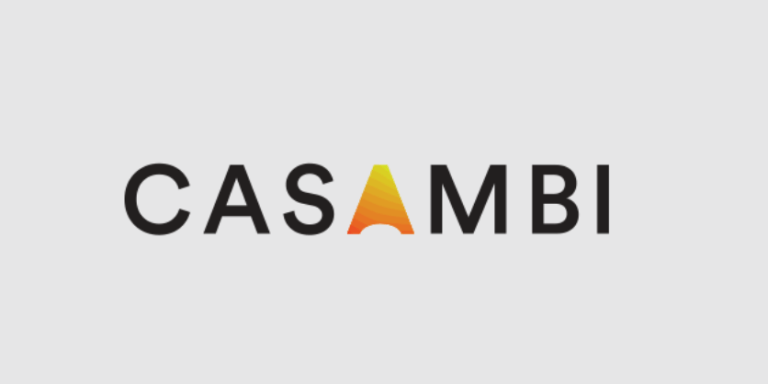Lighting Control Upgrades: Best Practices
This article by Craigh DiLouie of Lighting Controls Association aims to guide facility managers in upgrading lighting systems in existing buildings by integrating LED technology with advanced lighting controls. It covers three main options for retrofitting fluorescent luminaires—TLED lamps, retrofit kits, and new LED luminaires—and explores how to maximize energy savings through effective control strategies. The article also summarizes key recommendations from the GSA’s recent guidance on lighting upgrades, making it a valuable resource for enhancing energy efficiency in commercial buildings.
Lighting Control for Existing Buildings
It’s an LED world now; traditional sources are just living in it. The next frontier of energy savings lies in bringing the lighting controls revolution to mainstream adoption in existing buildings via best practices.
When upgrading a fluorescent luminaire—once the workhorse of commercial lighting—to LED, there are three options: replace the lamps with TLED lamps, adapt the luminaire with a retrofit kit, or replace it with a purpose-built LED luminaire (which may entail a lighting system redesign). For all three options, energy savings can be maximized by incorporating staple lighting control strategies to take advantage of LED’s inherent controllability.

These options are addressed in detail in LED Lighting and Controls Guidance for Federal Buildings, a December 2023 publication by the General Services Administration (GSA) in concert with the Department of Energy (DOE) and the Pacific Northwest National Laboratory (PNNL), available for free. While aimed at providing a lighting upgrade road map for federal facility managers, its concise and clear guidance is widely applicable, particularly for office buildings and similarly lighted commercial buildings.
Lighting Decisions
Ideally, any new lighting solution should match or improve lighting quality. While defining value this way often favors retrofit kits and new luminaires, the reality is market laggards are more likely to upgrade to the nearest equivalent at the lowest cost, which favors TLED replacement lamps and retrofit kits.
When replacing fluorescent fixtures with LED luminaires as part of a redesign/renovation, nearly anything is possible within the design limits of the existing construction—from lighting to controls to power options such as power over Ethernet (PoE). If the existing lighting system is old and/or in poor condition; if maximizing energy savings is a priority, possibly as part of a decarbonization strategy; and/or if the ceiling/space will be altered, then new luminaires paired with an advanced lighting control system may be optimal.
If fixture replacement is impractical, the troffer retrofit kit is the next best option. These kits are composed of LED modules and optical and electrical components in a prepackaged, repeatable solution. Installation may require replacement of the ballast with an LED driver or may require bypassing the ballast via wiring the LED module directly to the branch circuit. The LED module may be compatible with existing lampholders or require new ones.
One advantage of retrofit kits is that the optics and heat sinking are engineered specifically for the LED light source to maintain or enhance lighting quality and optimize product life. The GSA recommends that if the lighting system will be in service for 5+ years with no anticipated changes to the ceiling of the space, a retrofit kit may be the right solution. Some kits are packaged with LED dimming drivers and integral sensors, maximizing both flexibility and energy savings by enabling cost-effective adoption of lighting controls.
At last, we come to the TLED lamp, which the GSA recommends considering if the existing luminaires are in good condition and are intended to be in use for some time. The three main types of TLED lamps are:
- UL Type A, which operates using the existing lamp ballast. Type A lamps are nominally low cost, though the cost of future ballast replacement must be accounted for. Disadvantages include the use of a ballast, which negatively impacts rated efficiency (and will eventually fail and must be replaced), and lack of utility rebates (as this is not a permanently installed solution).
- UL Type B, which features an internal driver, bypassing the ballast to connect directly to line voltage. These are the most popular TLED type, though one must address the attendant safety hazard to installing personnel, potential lighting quality issues, lack of dimming unless a control wire is connected to the luminaire, and widespread lack of rebates.
- UL Type C, which replaces the ballast with an external driver. As the lamp/driver combination is more purpose-built, lighting quality may be improved, including a lower likelihood of flicker. Additionally, numerous advanced control options, including wireless, become available with the use of Type C lamps.

Lighting Control Decisions
The GSA guide outlines the process for determining the most appropriate lighting control solution for the building, following these steps:

Energy codes/Control strategies: Energy codes are, of course, a primary consideration, as they impose requirements for certain lighting upgrades in terms of control strategies. It is important to check if the project’s jurisdiction has an energy code in effect and if so whether it has requirements that apply to a given lighting upgrade project.
Otherwise, basic control strategies—e.g., manual control (including dimming), occupancy sensing, daylight response, scheduling, and task tuning—are shown in the table below. Additional energy-saving strategies include HVAC setback, demand response, color control, and data services such as asset and occupant tracking, energy reporting, and lighting system diagnostics.

Control zoning: Energy codes provide minimum parameters for control zoning as a starting point, with more detailed control zoning typically imposing a higher cost to deliver potentially greater energy savings, flexibility, and, if applicable, a higher density of data points.
The GSA acknowledges that smaller zones produce more refined lighting control, but care should be taken to make manual control zoning as convenient as possible to avoid confusing users. This lends itself to digital systems that enable luminaires to participate in multiple zones, while minimizing or eliminating control wiring and allowing remote programming and reprogramming. Otherwise, the GSA recommends luminaires be grouped by luminaire type, application, and location.
System architecture: The GSA recommends that standalone controls should be considered if the space has fewer than 5 occupants; room-based controls if the space has 5+ occupants; and centrally networked controls if it has 5+ occupants and the lighting controls will integrate with the HVAC system. (To this consideration for networked controls, one might add the energy-saving utility of sophisticated, easily adjustable programming and attendant occupant satisfaction and energy savings, along with the availability of data and the value of data-driven services.) All of these options are described in substantial detail in the GSA guide.
Sensor and controller locations: Sensors and lighting controllers may be installed in the luminaire for an LLLC approach, remotely for a zoned approach, or via a mix of the two as appropriate for the building. The GSA recommends considering LLLC for spaces requiring more than five sensors, spaces with variable occupancy and daylight availability, and HVAC integration strategies.

Control wiring: Control signal communication may be wired, wireless, or a mix of the two in the building as needed. Wired communication is primarily used in new construction and renovations, while wireless is appropriate for new construction, renovations, and lighting upgrades (as control wiring is eliminated).
Protocol: The communication protocol determines the driver type, how control devices communicate with it, and how control devices communicate with each other. Examples include 0-10V (wired), DALI (wired or wireless), and Bluetooth (wireless). Digital control protocols such as DALI or Bluetooth, enable individual device addressability, providing for remote, software-based zoning and rezoning. This approach, particularly in the context of networked lighting control, is also described in significant detail in the GSA guide.
Control Guidance for Lighting Upgrades
LED Lighting and Controls Guidance for Federal Buildings provides a very concise and useful road map for lighting upgrades in commercial buildings, analyzing all available options in lighting and controls.
Download it here.
Published with the permission of the LCA. Source Lighting Control for Existing Buildings (lightingcontrolsassociation.org)







